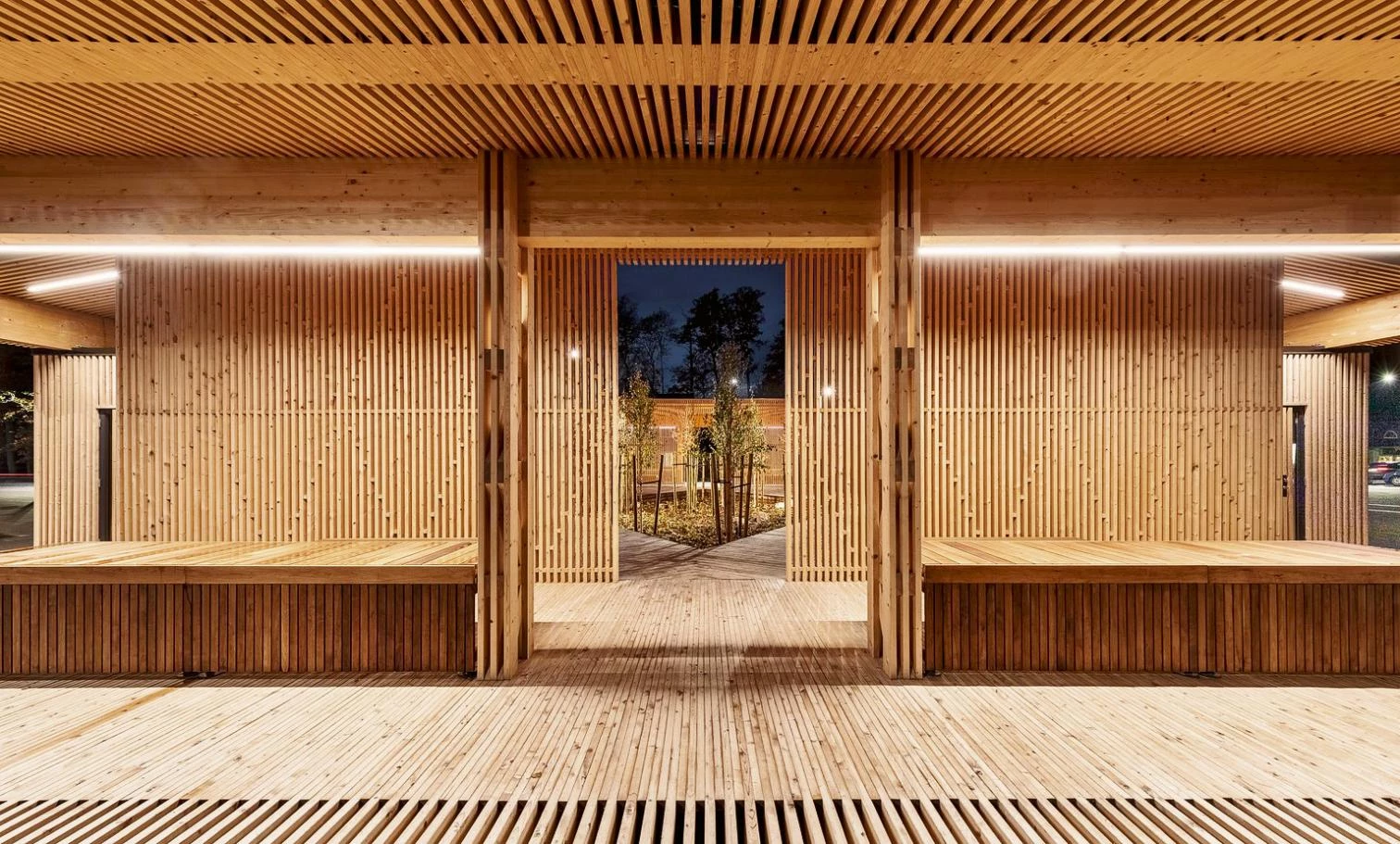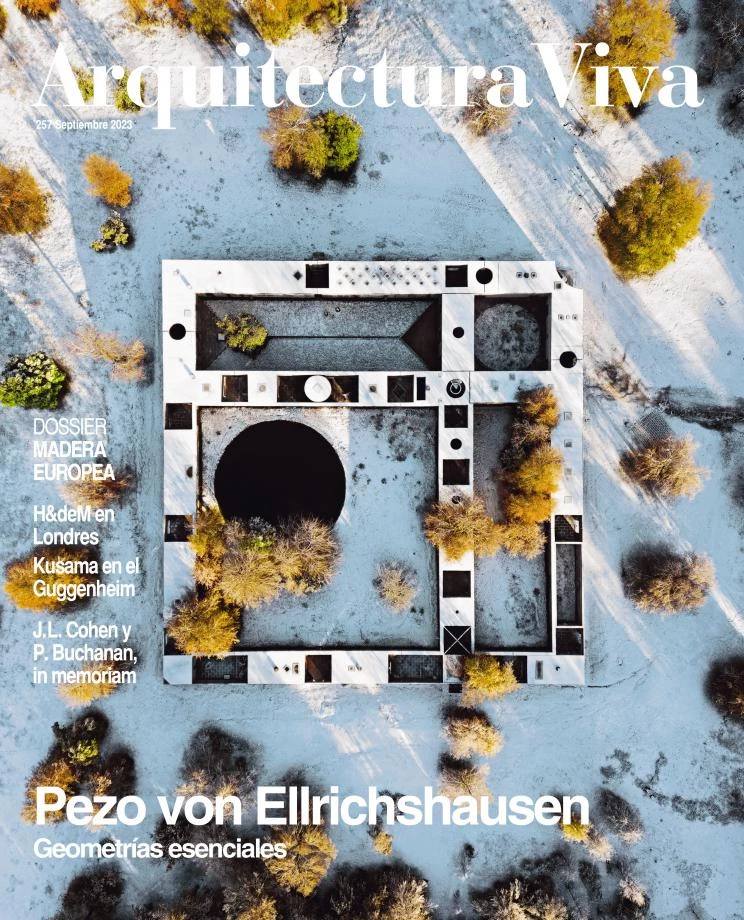Future Matter
Four Timber Buildings in Europe

De Zwarte Hond, SuperHub Meerstad, Groninga (Netherlands)
It is highly probable that wood was the first material ever to be used by humans to build their shelters and dwellings. Being easy to obtain and manipulate as well as highly resistant, and because small pieces of it can be joined to form larger elements, timber was for millennia the main component of huts, bridges, and temples, and its use was unaffected when in their quest for a more lasting architecture some civilizations began to raise their principal buildings with stone, as wood remained indispensable in roofs, frames, claddings, and to a large extent also floor plates. Widespread recourse to steel did not push away the old material either: as a matter of fact, the 19th century may well have been the golden age of timber, given that the invention of the industrial nail allowed full harnessing of its properties, as demonstrated by that period’s extraordinary development of balloon-frame structures and their numerous variants.
Only the appearance of reinforced concrete – in combination with the new (and often poorly thought-out) regulations to prevent fires, and the influence of the modern ideology, which dismissed wood as a residue of the past – managed to demote timber to the secondary place, as mere cladding, that it remained in during the second half of the 20th century.
But things started to change as the 1960s approached. As a result of the industrialization of the material – plywood, laminate sheets – and the emergence of a phenomenological appreciation for the warm and natural, wood came to be regarded with new eyes. Still, timber could not have made its comeback as a complete architectural – meaning also structural – material without the development of cross-lamination systems, nor without the demands brought about by the environmental paradigm, thanks to which wood, practically overnight, morphed from a material of the past into the quintessential material of the future.
Although previous issues (see Arquitectura Viva 217, 190, 174, 159, and 137) have time and again looked at the return of timber, this magazine makes sure to stay alert to ever new uses of the material, and the current dossier presents four projects located in European countries: the maritime center in Esbjerg (Denmark) by Snøhetta and WERK Arkitekter, with its stereotomic concrete plinth and a tectonic wooden main body; the entrance to the Glentleiten Open Air Museum in Großweil (Germany) by Florian Nagler, which in shape and texture echoes the sheds abounding in its rural environs; the headquarters of Caisse d’Epargne Bourgogne-Franche Comté in Dijon (France) by GRAAM architecture, an example of a wooden high-tech of sorts; and the Trinitat Vella Community Center in Barcelona by Haz Arquitectura, where timber takes center stage aesthetically and environmentally.

Olsson Lyckefors, Kärdla City Pavilion (Estonia)






